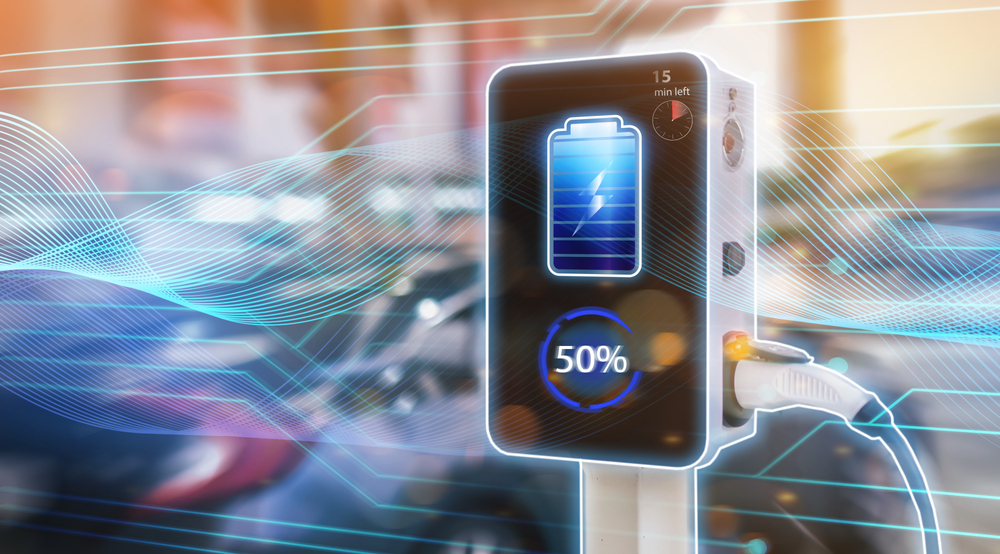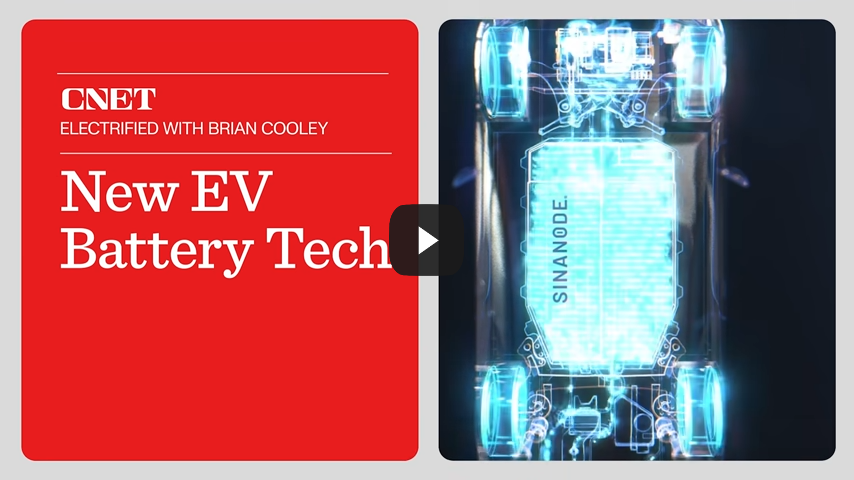EV Batteries: Leading the Charge

What will make the EV batteries of the future superior? Let us count the ways.
Here’s a bold statement coming from mobility analyst Ram Chandrasekaran: “Batteries are the new gold rush as far as automakers are concerned.” He used to work for Ford, so he would know a thing or two about car batteries, and how the OEM race to come out on top is driven by who can make the best batteries for EVs.
What are these best batteries made of?
The batteries that make EVs run need to be safe, for sure. They need to perform excellently. However, the bottom line for many OEMs? Cost becomes the number one priority. OEMs are looking to keep the cost of manufacturing EV batteries down so they can scale up production and meet their goals of manufacturing purely electric vehicles by 2030.
(Also read: Innovations in EV Batteries)
For research teams dedicated to studying EV batteries, these last two years have been focused on making lithium-ion batteries more efficient and better for EVs. One of the goals was to make these batteries smaller, safer, and able to store more energy for their dimensions.
Lithium-ion batteries are still being used today, although there have been many alternatives developed since then and are being studied whether these alternatives can be manufactured on a massive scale, bringing the EV to the mainstream consumer level.
<START OF INFOGRAPHIC>
Materials, Chemistry, Architecture: Producing Batteries to Scale
The battle happening among these different types of batteries can seem like the OEM version of the Super Bowl. There are so many materials, combinations of chemistries, design, and architecture involved in developing the One Batt to Rule the EVs.
Each battery type has its strengths, weaknesses, and factors like energy efficiencies that can make or break it in the world of battery manufacturing.
EV battery researchers not only had to come up with their recommended materials for batteries but to also study how manufacturing each one would impact EV performance, safety, efficiency, and cost.
Two years ago, the challenge for Lithium-ion batteries was in making them more compact while also energy-dense. Design and structure became its biggest hurdles. At specific temperatures and voltages, these Lithium-ion batteries can become volatile. Its suitability for transportation was questioned. On the other hand, larger batteries took up too much space and added to the vehicle’s overall weight, affecting the EV’s fuel efficiency.
To address issues brought about by Lithium-ion batteries, many researchers turned to studying Solid-state batteries. Solid-state batteries, unlike Lithium-ion batteries, have solid electrolytes at their core instead of liquid. This makes this type of battery more stable than Lithium-ion ones across a wider range of temperatures and voltages.
When it comes to the selection of materials, the criteria can become very granular, taking into account the availability, processing, and impact on producing batteries of specific chemistry to scale. There are other considerations that researchers need to factor in, such as metrics for the real world, not just inside the lab. How well will these batteries perform in an actual vehicle? What types of vehicles will be suited to this type of battery?
What will power the batteries of the future?
Innovations in the Lithium-ion battery have come a long way. Batteries like NMC (made of nickel, manganese, and cobalt) are said to have high energy density and are fast-charging. Another Lithium-ion version is the NCA (made of nickel, cobalt, and aluminum), which is the type of battery being used by Tesla.
Meanwhile, there are other OEMs like General Motors (GM) that have developed a proprietary battery type called Ultium, a hybrid of NMC and NCA. This battery is engineered from NCMA, adding aluminum and cutting down on the cobalt. Researchers say that this battery can cut battery costs by 40%. GM says that their new battery architecture has advanced technology and enables their vehicles’ off-road capabilities unprecedented by traditional vehicles.
Other battery types not based on Lithium-ion exist, such as Lithium-iron. These batteries do not use nickel and cobalt, but instead use iron and phosphate, which are available in abundance. Researchers have shown that these drive costs lower among battery chemistries, and have a longer life cycle. On the other hand, these do not have the same energy densities as Lithium-ion batteries.
Which OEMs Come Out On Top?
According to energy research and consultancy firms, batteries make up a quarter to a third of the cost of EVs. The creation of the battery comes first before everything else, including the design of the EV. One might even say that the batteries are in the driver’s seat, with the way so much about manufacturing cars is dependent on the type of battery being made.
When determining which OEM comes in first place in the EV battery race, it depends on the qualifiers. When it comes to the most daring and willing to experiment with new technologies, it’s Tesla. The company is also the first in making high-nickel, and high-energy density cells for performance EVs, according to ADAMAS Intelligence, a battery research firm. Meanwhile, BYD is leading in high-volume and low-cost Lithium iron-phosphate (LFP) batteries for entry-level EVs.
CATL from China does both performance and entry-level. This company is investing in Sodium-ion batteries, which are said to do well in cold climates, and “virtually eliminate the fire risk”. Experts are looking forward to its claim as a possible alternative to Lithium-ion in a couple of years. CATL is set to launch these batteries later in 2023.
For now, EVs continue to use Lithium-ion batteries, but that has not stopped OEMs from putting the pedal on the metal when it comes to coming up with the superior battery. The clock continues its countdown to 2030. This is one battle that’s just starting to get powered up.
As one of the Top 19 EMS companies in the world, IMI has over 40 years of experience in providing electronics manufacturing and technology solutions.
We are ready to support your business on a global scale.
Our proven technical expertise, worldwide reach, and vast experience in high-growth and emerging markets make us the ideal global manufacturing solutions partner.
Let's work together to build our future today.
Other Blog




